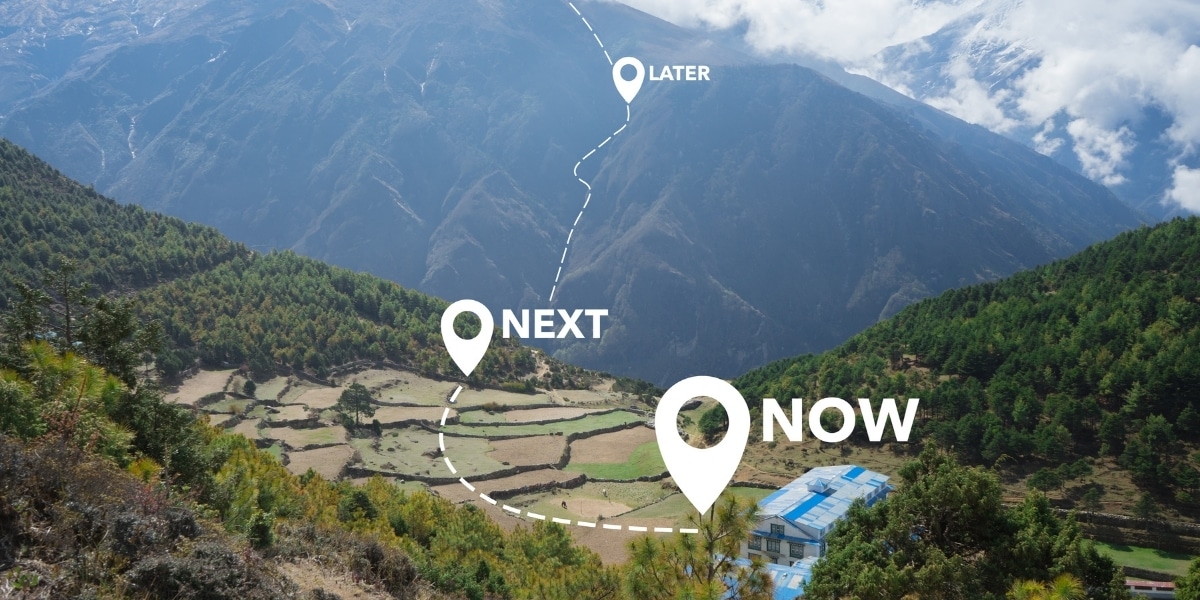At the beginning of 2019, if you had asked me how Magoosh was doing as a company around Diversity, Equity, Inclusion, and Belonging (DEIB), I would have ignorantly said, “Pretty good!” I would have proudly pointed to our solid engagement data, all of our policies and guidelines that inherently promote equity and inclusion, and our recruiting efforts.
Today, I’m still proud to work at Magoosh and for all that we’ve accomplished in the last 7 years I’ve been here, but I’ve also learned in the last year that we have a long road ahead. This article will share how and why we decided to dig deeper into DEIB (even when the data ‘looked good’), what steps we took, and what our specific action plan and roadmap ahead look like.
If you’re interested in going straight to our DEIB audit results, click here.
Background: Why did we dig deeper into DEIB?
In Q4 2019, we created an annual plan for 2020. That plan centered around the theme of creating more cohesive strategies–if our processes were built from the ground up (instead of scrappily put together like we had done for years past when we had fewer resources), what would they look like? As a natural step one to that plan, it made sense to thoroughly audit all of our processes including HR, business operations, and DEI.
As we were thinking about our annual plan, Trish and Nicole on our recruiting team encouraged us to take a more intentional approach to DEIB. At the time, we were honestly a bit dismissive, pointing to our strong engagement data across all demographic groups. What we failed to realize at the time was that when two people — particularly women of color who interact with all of our prospective employees — say we should focus on DEIB, that in itself is a critical data point. Thankfully, they continued to push.
It can be hard to call out that data might be missing, that just because our engagement data looks good doesn’t mean it’s fully capturing all the DEIB factors– it can be especially hard to voice that when you’re at a company that values “Data>Intuition.”
In February 2020 (Q1), we took on a project around Diversity, Equity, and Inclusion—specifically, to collect more data as it relates to our People Operations processes. That was step number one.
How did we go about it?
1. Finding the Right People
Going back in time to Q4 2019 (November/December), we were originally planning on collecting this data ourselves internally. Our goal was to find a way to conduct a thorough DEIB audit to figure out where there were gaps in our systems and where we had room to grow.
We hoped to do this by applying a DEI lens to our internal practices. However, we realized while investigating past practices (the internal surveys) that we weren’t getting the information we needed. We were sorely lacking the expertise needed in this area.
Luckily for us, Trish, our Recruiting Lead, had already previously vetted Peoplism for some recruiting specific work we had halted in 2019. Everything clicked into place and Peoplism signed on to take on the work of providing us with an audit.
2. Running the Audit
So what do we mean by audit? This process involved a few different pieces:
- Group Sessions: First, this included group ‘office hours.’ Peoplism representatives hosted sessions that anyone could join (minus leadership) that centered around specific topics (what did people like the most, did they feel seen, etc).
- Individual Interviews: Next this also included individual interviews with an assortment of folks across the company with Peoplism. The hope was that folks might feel more comfortable being completely honest given they were talking to someone outside the company.
- Data Analysis: Then, in addition to the in-person discussions, we also gave them access to the raw data in CultureAmp so that they could conduct further analysis—something that we don’t have access to within the company to protect the anonymity of our employees.
So all in all, there was a lot of information for them to collect and dive into.
3. Getting the Results
We got the results from Peoplism over the course of two, three-hour meetings. Truly the meetings could have been much, much longer if we’d all had the time, given the passionate discussion, the great insights, and the countless questions on how to put all of their ideas into practice and decide how and what to prioritize.
| What We’re Doing Well | Where We Could Improve | |
|---|---|---|
| Diversity | We were told that our recruiting team was doing great with many of their practices and making them as equitable and unbiased as we could. | We still had much more sourcing ahead of us in order to get more folks from underrepresented backgrounds to the finish line; we needed to help more of them find our job listings. |
| Equity | In general, our compensation practices were audited and found to be equitable. | One of the running themes around Equity was “you’re doing the right things, and also people don’t know it.” And when folks don’t know how processes work, if it feels like a black box, then people often fill in the gaps with their own assumptions, which are often based on the (frequently negative) experiences they’ve had elsewhere. |
| Inclusion | We were told that COVID had actually led to a huge boost in inclusion for our employees who were already working remotely, now that all meetings were virtual and there was a lot more discussion on online platforms | We shouldn’t lose this if and when things are “normal” again and we should keep those efforts going. Moreover, we should look for ways to boost our sense of community and camaraderie now that we’d lost our in-office activities. |
| Belonging | Right now, a lot of our practices have been ad-hoc and informal. We had events, knowledge sharing, etc but had a lot more growing to do to ensure that we’re being intentional around this from the get go. | There was work around having Anti-Bias trainings, more manager trainings, creating Employee Resource Groups, and more that we learned would be valuable to increasing the feeling of belonging. |
4. Communicating the Results to the Team
One of our values is Communication>Efficiency and, given our learning that we could have communicated our processes better, we wanted to ensure we communicated our findings well and with the whole company. We wanted a solid foundation on which to take the next steps.
We shared a cleaned up, shortened version of what Peoplism had shared with us. In addition, we had a live, recorded Zoom meeting where folks could ask questions. They could share these questions either live or via an anonymous Google form, whichever format felt most comfortable.
We also created public tasks around the plan with due dates and assignees, so if anyone wants to ask a question or see where we are at, they know how and where to follow up.
The feedback we’ve gotten here has been positive.

5. Taking Action/Building the Roadmap
To recap:
- In Q1 2020 we founded the team to help us in this charge to get more data around DEI.
- In Q2, we got that data, developed a plan of action, and communicated it.
- And now, here we are in Q3! Here is the link to our Action Steps Roadmap mentioned above. We have made some progress but have quite the road ahead!
So far, we have:
- Collected information for our EEO-1 Report which has also enabled us to track our internal demographics better and ensure we’re applying our processes equitably.
- Shared out a process for creating Employee Resource Groups and have some of our amazing Magooshers have already set a few ERGs up (BMAT- Black Magooshers All Together, AAPI- Asian American and Pacific Islander, and an LGBTQ+ one in the works, and more to come).
- Added our part-time employees to our team page which is really exciting as well.
What does the future hold?
I’m really excited about a number of these action items that we have ahead, in particular the Underrepresented Minority Mentorship Program as well as the Employee Referral Program.
But I also know that this is only scratching the surface and only focused on our Operations efforts and there’s more to be done not only in this space but for our students and for the community we work in as well. My hope is that I can write an update to this article a year from now to show how far we’ve come, how much learning we’ve done and will continue to do, and what more we have to work towards.

